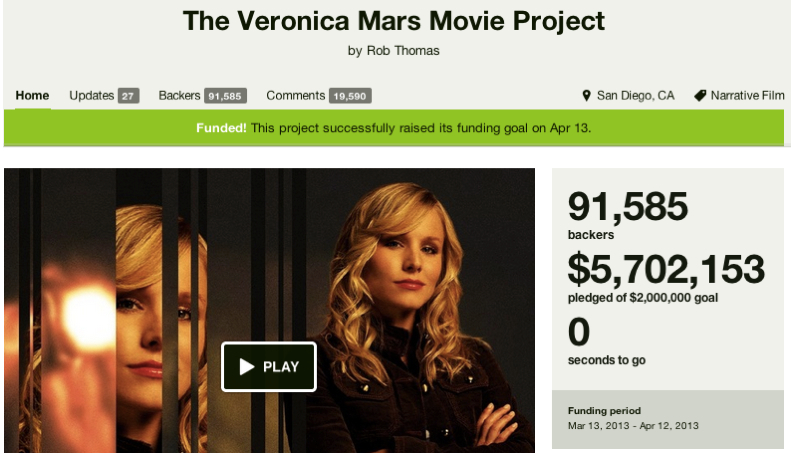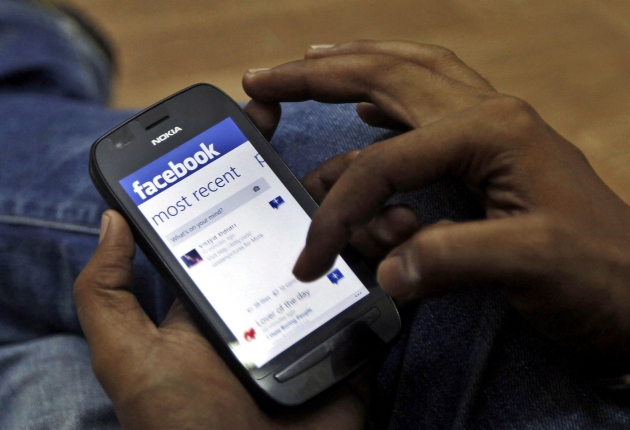by John Onorato (ghostwritten for SpeedFriending Events)
Stacy Jules didn’t know anyone in Austin after she moved. She had spent 38 years in San Francisco, and making new local friends was a priority for her. “It was pretty devastating to be so anonymous,” the 66 year old artist says.
Jules made herself leave her house every day for the express purpose of meeting people. She visited a tea house, took yoga classes, went to senior centers, joined a gym and a community garden. She describes herself as being a shy person, but she still compelled herself to strike up conversations at the grocery store and on the bus.
Lasting relationships were still a problem, though. Most people were nice, but they had nothing in common together. Others simply didn’t want to get close.

Then, a short time ago, a woman complimented her blouse when Jules was in a store. They began to chat, and discovered not only that they both liked to write, but they liked to work with textiles as well. After a few minutes, Jules asked a risky question. “Would you like to come over to my house for coffee … now?”
The other woman accepted the invitation, and now the two are extremely close.
Jules thought that all good friendships had to be “slow cooking,” based on years of experiencing life together. This contrary experience was a marvelous revelation.
Is it really possible to forge such an intimate relationship so quickly?
Yes it is, say research psychologists. “Fast Friends” is a protocol that many use to study friendship in the lab. It takes about 45 minutes, and helps strangers attain a certain level of interpersonal closeness. The key is for both parties to disclose personal information – and do it gradually.
Curious? People working in pairs are given three sets of 12 questions. The questions must be answered in order, with partners taking turns. Questions in the first set are only slightly personal, like:
- “Do you ever rehearse what you are going to say before making a telephone call?”
- “When did you last sing to someone else? To yourself?”
- “What small things make you happy?”
In the second set, the personal-ness is edged up a little.
- “Is there something that you’ve dreamed of doing for a long time? Why haven’t you done it?”
- “What is your scariest memory?”
- “Which of your possessions could you not live without?”
And the last set is the most personal:
- “When did you last cry in front of another person? By yourself?”
- “Of all the people in your family, whose death would you find the most disturbing?”
- “What are your top 5 most beautiful things in the world?”
Each set of questions also includes an exercise, for instance “Tell your partner what you like about them,” which is intended to
build the relationship.
The idea is to grow the connection slowly and organically.

Arthur Aron, professor of psychology at Stony Brook University, developed the protocol. “You want to be slow and reciprocal,” he says. “If you disclose too much too fast, you put someone off.”
If you’re not sure how to find that sweet spot between disclosing too little and way too much, just think of this: Remember how desperately you wanted to get off that plane the last time someone in the next seat did a brain-dump into your head?
Yeah, that.
Dr Aron says that oversharing is often seen as overwhelming, one-sided and generally socially inappropriate. If the other person seems tense, shifty, fidgety or at a loss for words, then you might be oversharing.
There are a plethora of situations that the Fast Friends technique can be used in, to great effect: Improving business connections, romantic bonds, and relationships between neighbors. Researchers have also used it when studying how to create closeness between groups that typically distrust each other, such as police officers and residents of low-income neighborhoods. It also helps between people of different ethnic backgrounds.

I’ve made friends quickly while waiting in line to vote, talking to homeless men outside of Target, and delivering packages to offices. Sure, I strike out from time to time. There has to be some chemistry there in the first place. When I meet someone I might like to know better, I like to share something about myself that is both personal and slightly self-deprecating. People often appreciate it when I tell them that I’m divorced. That tends to spark their curiosity and opens them up some.
If you want to establish intimacy, the only way to do that is to be willing to open up about yourself. It’s easy to open up about more intimate details, once each person sees the initial connection.
When Jules’ new friend, Susan Simmons, came over to her house on the day they met, they talked about their creative projects. The more they talked about themselves, the more they realized that they were very much like each other.
It wasn’t long before Simmons alluded to a sad time in her own life. Then Jules shared a story she usually keeps under wraps, about how she had to rebuild her life after the end of her first marriage. The sharing was careful, a consciously building thing.
The two now describe their friendship as as unexpected gift. The sharing and spontaneity are beneficial in a mutual way. It has been exciting for the both of them to discover that they could forge deep a friendship so quickly.
“I learned that life can be shared in the moment and be just as alive as if it had been experienced together,” Simmons says.
Published Link:
http://speedfriendingevents.com/the-key-to-making-friends-fast-speed-friending-events-reports/



















